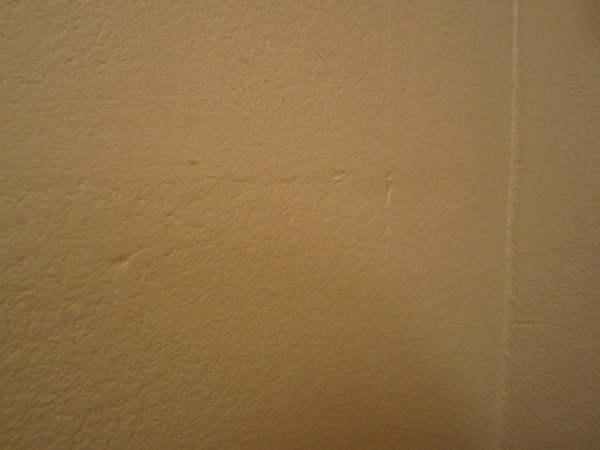 Why are residential drywall companies like comedian Rodney Dangerfield? Because sometimes we get “no respect at all”. I have often wondered why it is that many homebuilders seem to think that almost anybody can do residential drywall. Over the years, I have seen several people go into the drywall business. They usually don’t have much money, credit, references, or business experience. Despite this, many homebuilders give work to these new start-ups without hesitation. I doubt they would do the same thing with their electrician or plumber. But we are not a licensed trade, at least in Texas, and there are very few entry barriers, so almost anyone can go into the drywall business. Why aren’t builders more afraid of these new guys? Is it just because they are cheaper?
Why are residential drywall companies like comedian Rodney Dangerfield? Because sometimes we get “no respect at all”. I have often wondered why it is that many homebuilders seem to think that almost anybody can do residential drywall. Over the years, I have seen several people go into the drywall business. They usually don’t have much money, credit, references, or business experience. Despite this, many homebuilders give work to these new start-ups without hesitation. I doubt they would do the same thing with their electrician or plumber. But we are not a licensed trade, at least in Texas, and there are very few entry barriers, so almost anyone can go into the drywall business. Why aren’t builders more afraid of these new guys? Is it just because they are cheaper?
I think part of the answer lies in the fact that homebuilders use less qualified contractors and don’t suffer negative consequences, at least not immediately. It’s not that hard to close a house with inferior drywall work. Many drywall problems are not noticed, or do not show up, until after the buyer has already moved into their new home. After buying a new home, it took me more than 2 months to notice serious flaws in the drywall job (see pictures below), and I’m in the business. It may take awhile to notice these problems, but once the homeowner begins to see visible joints, fastener dimples, and mismatched repairs, they will continue to see them every time they walk into the room. This is bound to affect their attitudes about the quality of their home and builder and even their willingness to recommend that builder to others. Sooner or later, the service calls and warranty claims start to mount up, so there’s a monetary cost as well. By the time the builder realizes there’s a problem, the damage has already been done.
Bad drywall work (e.g. applying new mud before the previous coat has dried, breaking seams at door and window headers, using inferior or improper materials) creates additional repairs. Somebody has to pay for these repairs: the builder, the homeowner, or the drywall contractor. It should be the drywall contractor, but many times it’s the builder. I can’t count the times builders have fired their drywall contractor, hired Marek, and then proceeded to pay us a small fortune to fix all the bad houses done by the previous contractor. In the end, it’s hard to believe the builder really saved money using the cheap guy. Most new drywall companies don’t last 10 years. Marek has lasted 75 years and still going strong, so we must be doing something right.
[[{"fid":"1092","view_mode":"default","fields":{"format":"default","field_locations[und]":"_none","field_file_image_alt_text[und][0][value]":"","field_file_image_title_text[und][0][value]":"","field_image_tags[und]":""},"type":"media","attributes":{}}]]
This photo shows fastener dimples, and if you look closely, you can see “chatter marks” in the texture

This photo shows poorly finished joints and nicks and dings that should have been repaired

